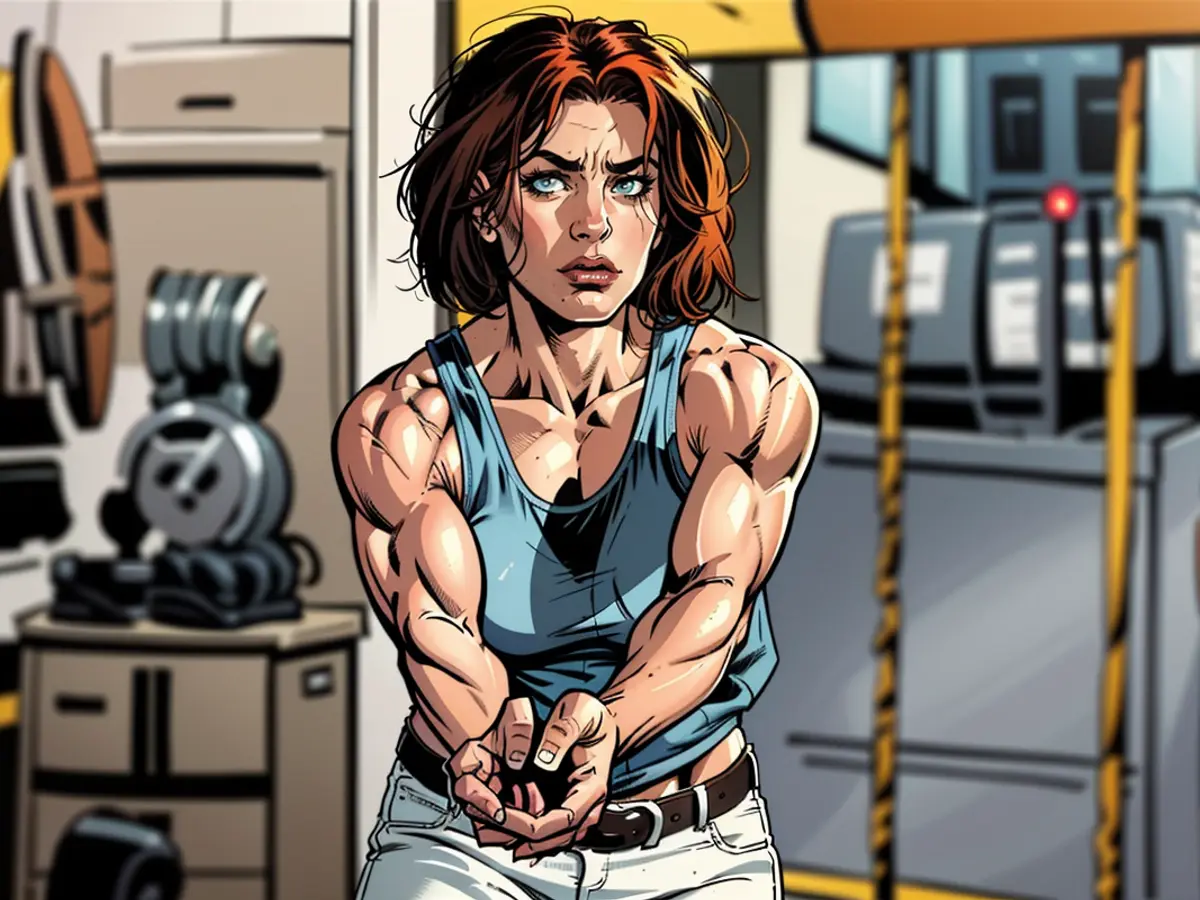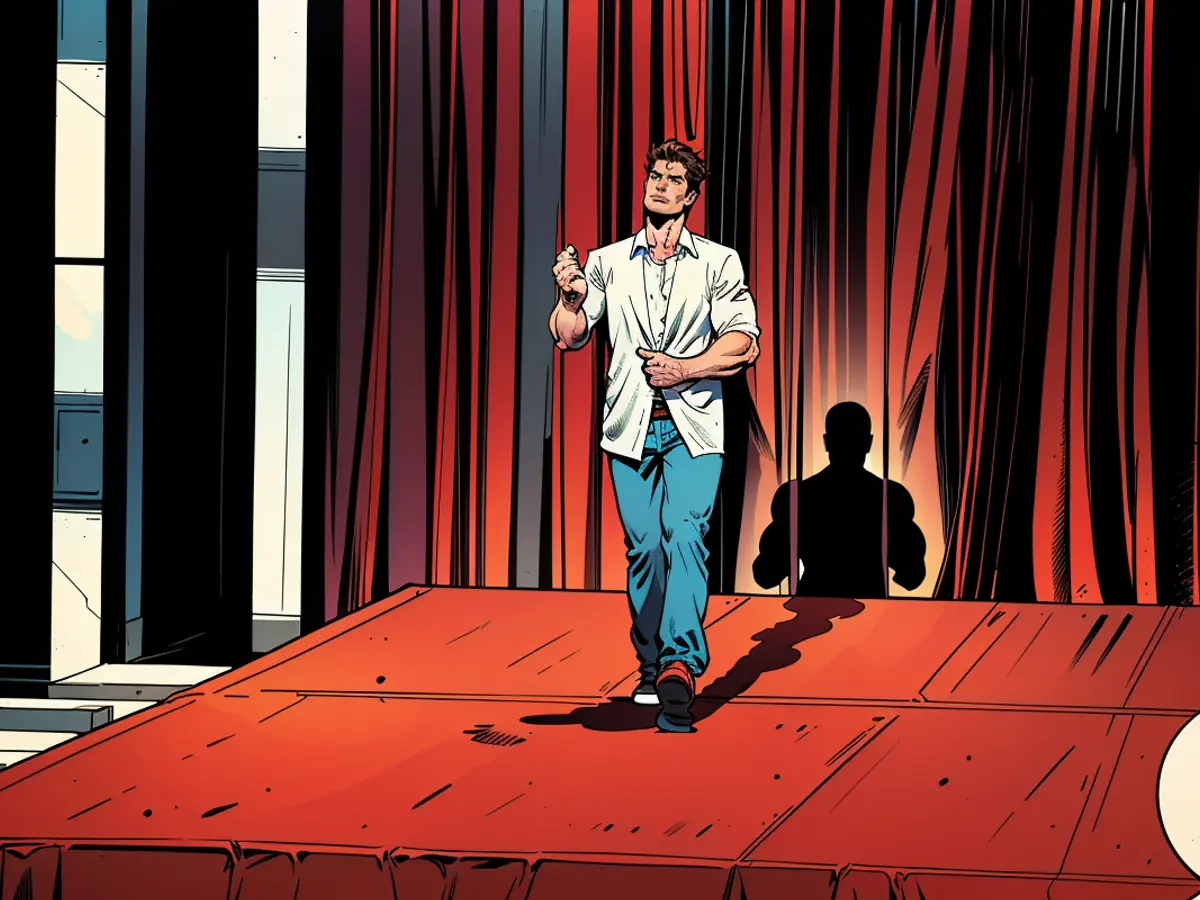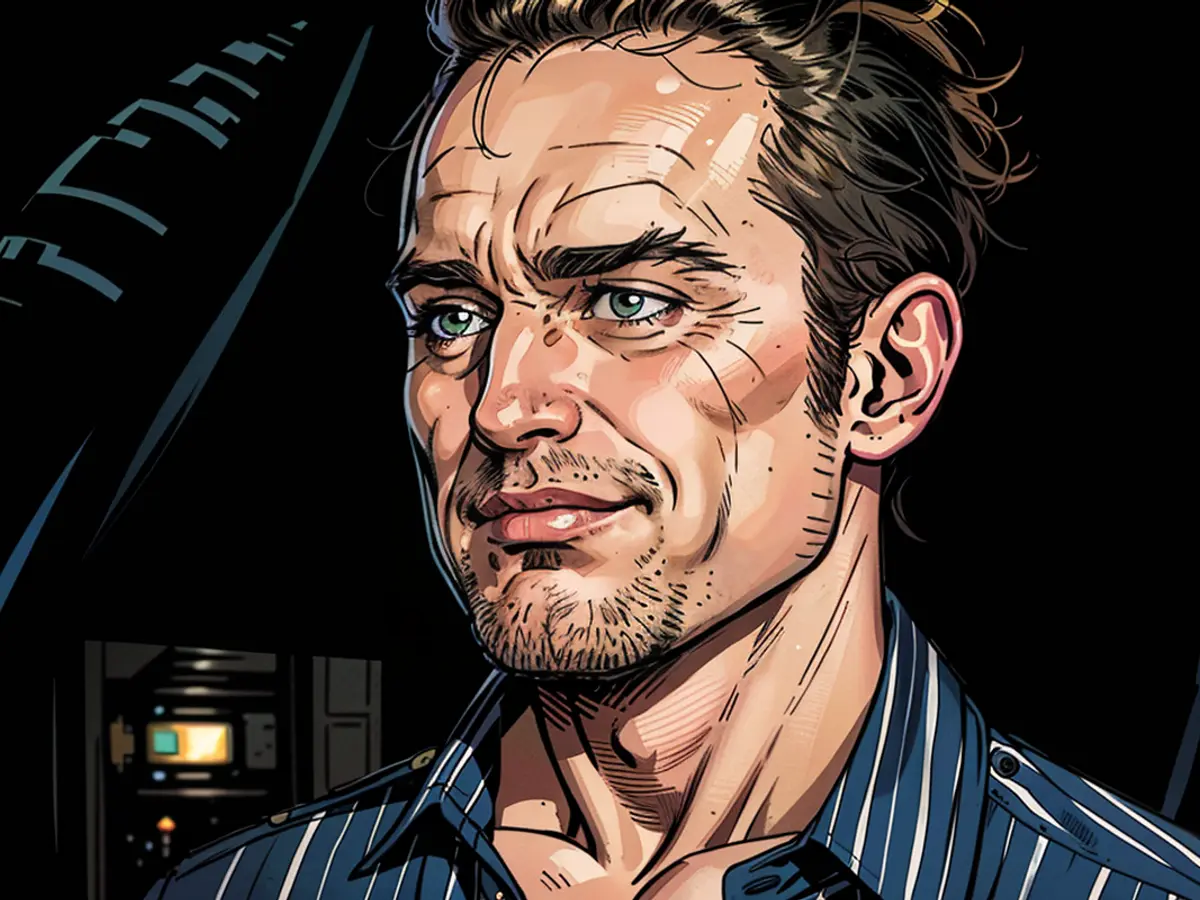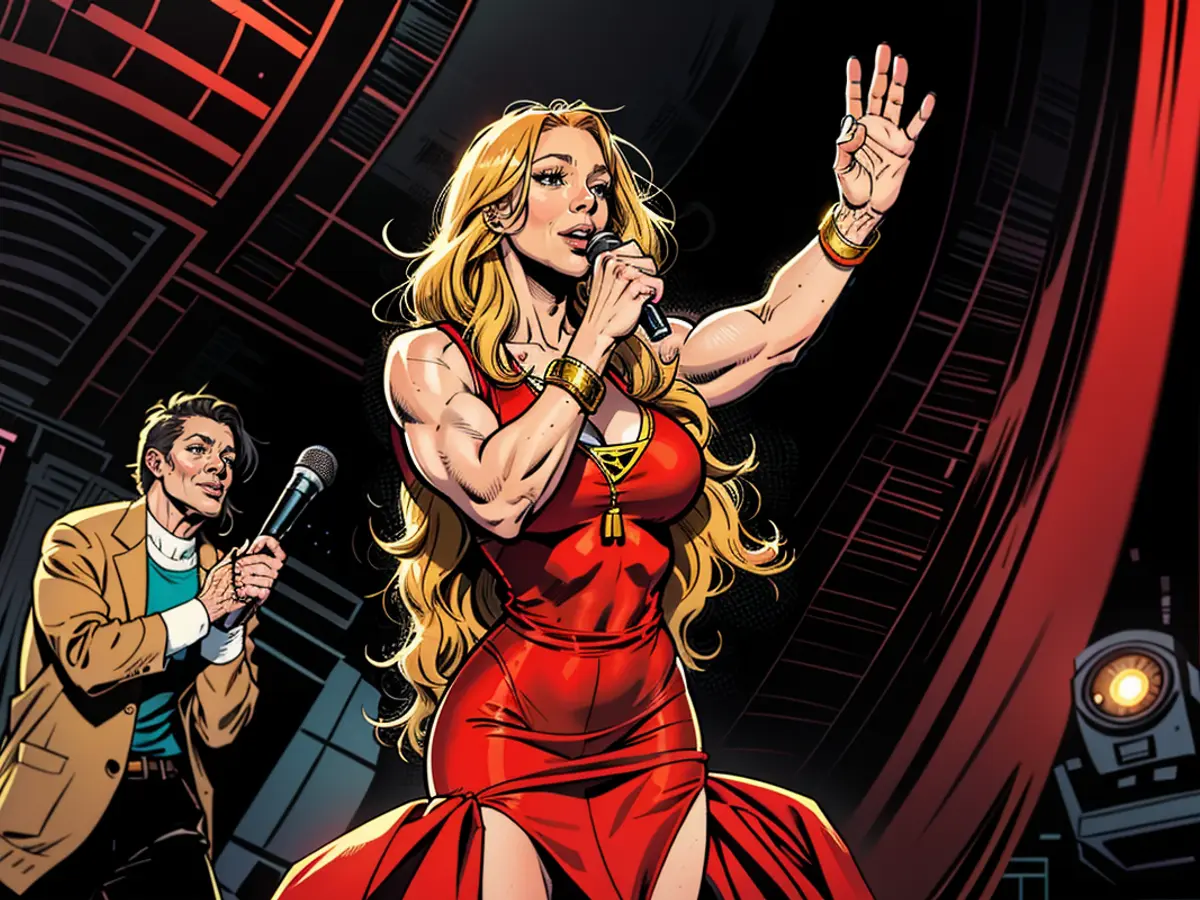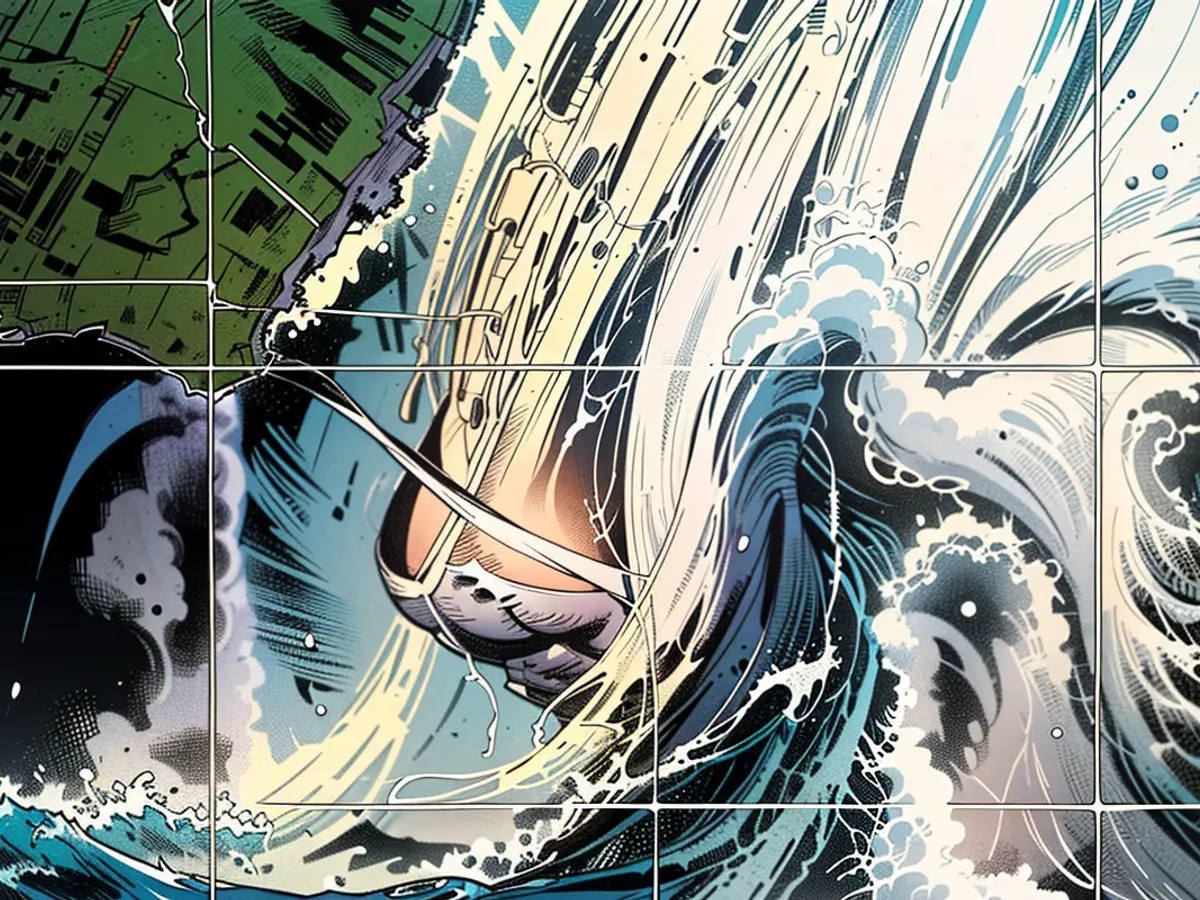"25 Years of 'Run Lola Run': The Film That Changed the Game with a Time-Bending Multiverse"
A quarter century ago, a low-budget German film called "Run Lola Run" took the world by storm. The director of this movie now sees similarities between his groundbreaking work and the multiverse movies that are big blockbusters today.
The film, which features a lead character with magenta hair named Lola, is played by Franka Potente. In the story, Lola needs to run through Berlin to help out her gangster boyfriend (Moritz Bleibtreu), and somehow manage to find 100,000 Deutsche Marks at the same time. The unique aspect of the film lies in its structure, which is divided into three parts, or vignettes. Each vignette presents a different version of Lola's situation.
In a recent interview with CNN, the film's director, Tom Tykwer, spoke about his vision for "Run Lola Run." He said the idea of repeating the same moment and creating a separate universe was a key element in his work.
Tykwar acknowledged that his film is different from modern multiverse movies like "Spider-Man: Into the Spider-Verse" and "Doctor Strange in the Multiverse of Madness" in that each vignette ends and restarts the story instead of existing alongside others.
He pointed out a similarity between these various multiverses. For "Lola", this shared element is an animated sequence at the beginning of each vignette, where Lola runs down the stairs of her building and encounters a neighbor with a vicious-looking dog. It is these small changes in the early part of the story that give rise to each alternate route for Lola. The director always intended to have this sequence in animation.
"It was always amusing and fun to imagine that the first detour each route takes is coming from animation because animation is the closest to directly translated imagination in film," Tykwar said.
The film also shares a physical challenge with some of the larger-scale movies of today. It put the lead actress, Franka Potente, through her paces by having her run for a large portion of the screen time, giving the film its title.
Potente was not in great shape during her early career. Despite the physical demands of the movie, she did not consider it among the most difficult experiences of her career.
"I wasn't in any shape. I probably, to be very honest with you, am in way better shape right now than I was then," said Potente. "I mean, Jesus. But I was young."
Tykwar had also told Potente that he did not want an actress who looked like an ultramarathon runner, which would have changed the entire tone of the movie.
"That was really important, the person who in that very moment, wearing Dr. Martens, just decides to be self-reliant and go," Potente recounted. "And that was really important to come across. So there was no training involved."
"Run Lola Run" will return to movie theaters across the US on Friday, June 7 in celebration of its 25th anniversary, featuring a newly restored 4K version of the film.

Read also:
The film's unique structure, featuring multiple vignettes with different outcomes, can be seen as an early predecessor to the complex narratives found in modern multiverse movies like "Spider-Man: Into the Spider-Verse" and "Doctor Strange in the Multiverse of Madness." The film's physical challenge, with Franka Potente running extensively, mirrors the demanding action scenes in many modern entertainment productions.
